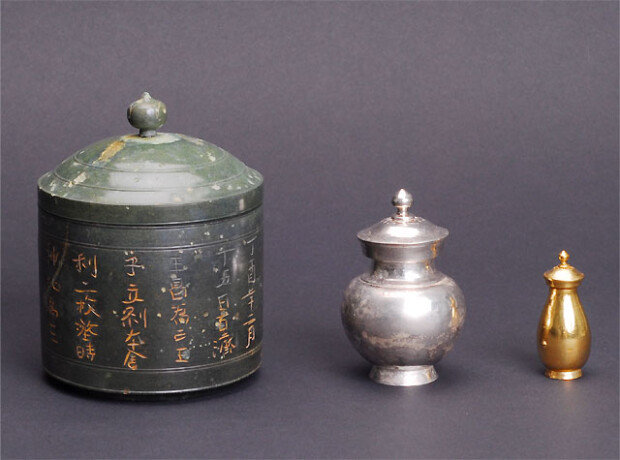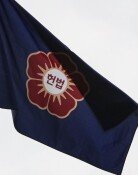Sarira reliquary at Wangheungsa to join national treasure collection
Sarira reliquary at Wangheungsa to join national treasure collection
Posted April. 02, 2019 08:54,
Updated April. 02, 2019 08:54

The Sarira reliquary of Wangheungsa Temple in Buyeo, the oldest sarira artifact preserved in Korea, will be upgraded to a national treasure after being renamed the Sarira Reliquary Excavated at the Site of Wangheungsa Temple in Buyeo (Treasure No. 1767), according to the Cultural Heritage Administration on Monday. A sarira reliquary is a container of pearl or crystal-like bead-shaped objects that are purportedly found among the cremated ashes of Buddhist spiritual masters.
The Sarira Reliquary Excavated at the Site of Wangheungsa Temple in Buyeo was discovered in 2007 by excavators of the National Buyeo Research Institute of Cultural Properties at a wooden pagoda of Baekje’s royal temple site. When excavated, it was founded in the hole of the ground in front of the main building of the temple, buried intact in clay.
The sarira reliquary is a three-layer structure with a golden bottle, a silver jar and bronze container – from the inside out. The clearly engraved message, which says that it was fabricated to commemorate a prince who died in the Year of Jeongyu as per the order of King Uideok, the 27th king of the Baekje Dynasty, demonstrates the year of production and that it is a royal artifact. The Sarira Reliquary Excavated at the Site of Wangheungsa has been displayed for the public since March 27 at a permanent exhibition hall at the Buyeo National Museum.
Won-Mo Yu onemore@donga.com
Headline News
- Med professors announce intention to leave hospitals starting Thursday
- Bridge honoring Sgt. Moon Jae-sik unveiled in Pennsylvania
- Chief of Staff Chung tells presidential secretaries to stay away from politics
- US FTC bans noncompete agreements
- N. Korea launches cyberattacks on S. Korea's defense companies







